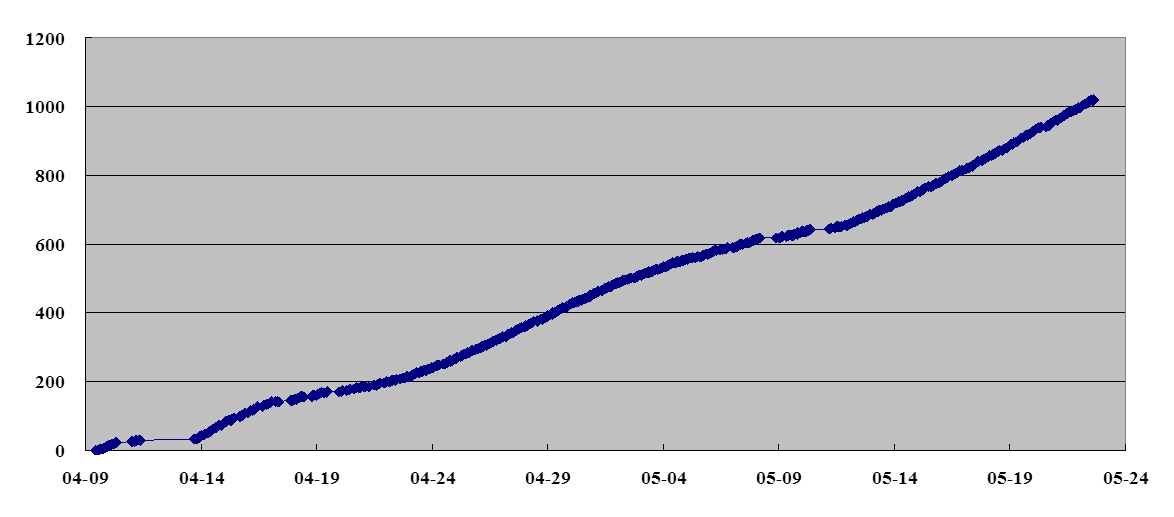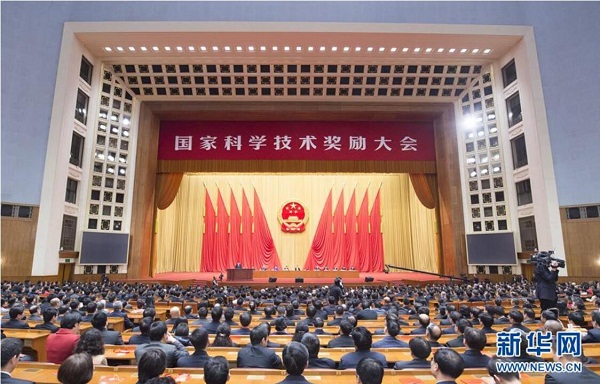BSRF Wraps Up Year with Second Successful Run
The Beijing Synchrotron Radiation Facility (BSRF) successfully wrapped up its second dedicated run on Dec. 13 to end a year marked by innovation and expansion. The run, which began on Nov. 7, involved 13 beamlines and experimental stations for a total of 790.33 operating hours.
Altogether, 112 user groups from Chinese research institutions and four groups from abroad used the facility during this run to conduct 362 experiments and research projects. They involved fields such as materials science, chemistry, environmental science, life sciences, condensed matter physics and archaeology.
In addition to providing experimental facilities for basic and applied research, BSRF also focuses on supporting major national science and technology projects.
The year was also marked by an important upgrade of the High Energy Synchrotron Radiation Source-Test Facility (HEPS-TF), with the installation of the first superconducting wiggler in China on BEPCII’s storage ring 3W1. This wiggler was the first set of equipment developed under the HEPS-TF project. The front-end area was modified and updated, and a high-energy X-ray monochromator was installed on the beamline. On Nov. 12, the synchrotron radiation light from the superconducting wiggler was successfully introduced to the 3W1 beamline station. On Nov. 14, trial operation and some user experiments were undertaken at the 3W1 beamline station. The reconstruction of 3W1 inserts and beamline stations marked the application of key equipment at HEPS-TF project. The installation of the wiggler provided valuable experience on the construction and development of inserts, front-end areas, and monochromators in a synchrotron radiation facility.

User is collecting data at 1W2A station (Image by IHEP)
Contact Information
Mr. Guo Lijun
ljguo@ihep.ac.cn

